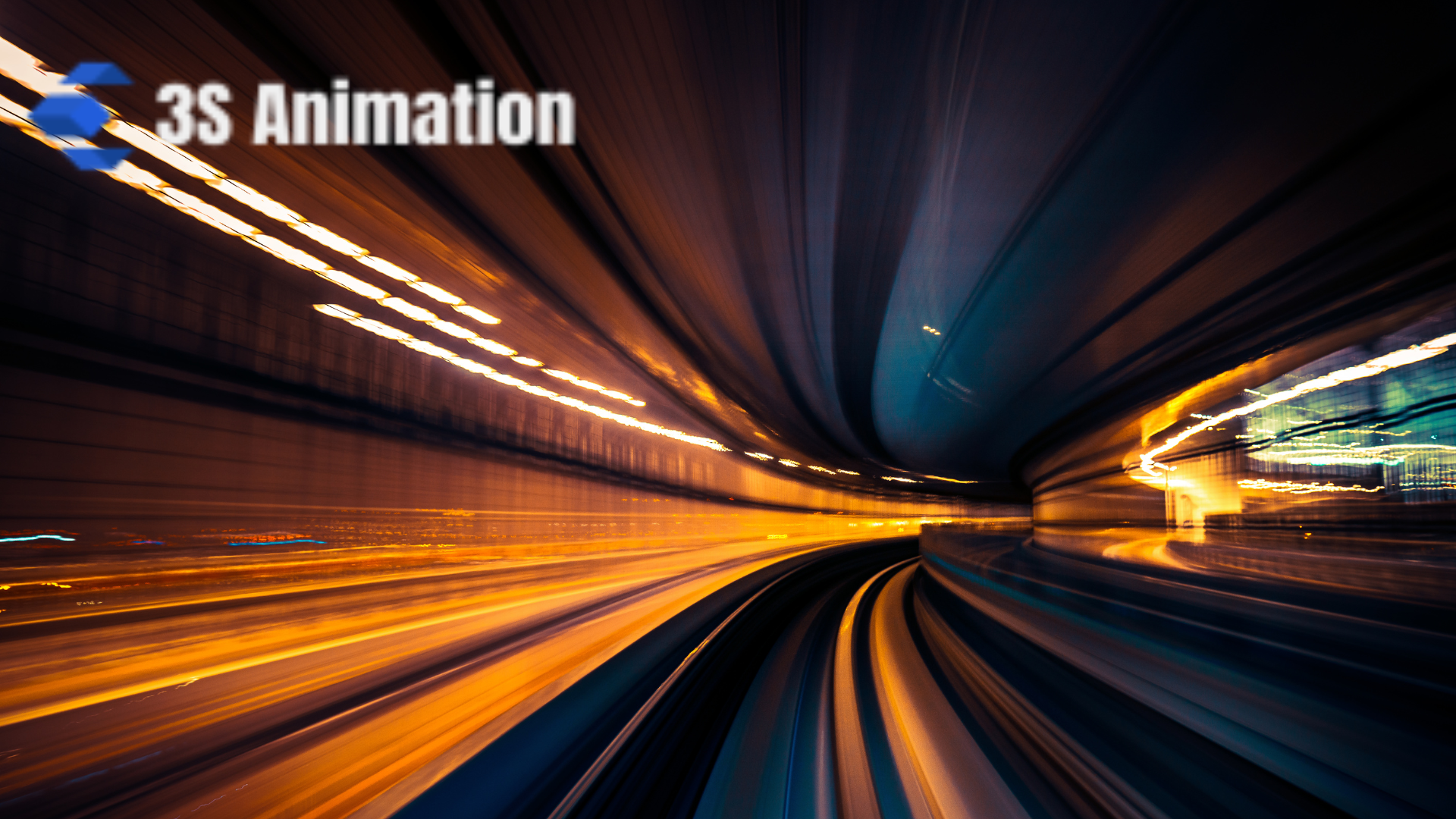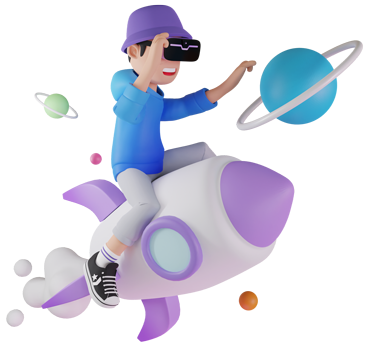3D modeling techniques differ in terms of intended results, intricacy, and project requirements. Different types of 3D modeling techniques are discussed here in detail.
Polygonal Modeling
- Overview: This technique creates 3-D models out of polygons mainly triangles and quadrilaterals. Each polygon would have vertices (corners) and edges (lines that connect the vertices).
- Process:
- Begin working with basic shapes, such as cubes, spheres, or cylinders.
- Extrude, scale, and move vertices to change the shape of these figures.
- Add more polygons if detail and complexity are needed.
- Applications: Its versatility and the ease with which it can be manipulated have given it widespread uses in gaming, films, and animations to depict characters, the environment, and objects.
NURBS Modeling
- Overview: NURBS modeling makes use of mathematical curves for allowing smooth and organic shapes. Thus, it is a very accurate way of designing as it allows highly smooth surfaces.
- Process:
- Define curves using control points, which in turn describe a surface.
- Create surfaces by connecting curves, or manipulate them directly.
- It is ideal for making items that have complicated curves and smooth finishes.
- Applications: Mostly in automotive and industrial design, it is also used in film for character and organic modeling due to the smoothness of the mesh.
Spline Modeling
- Overview: Spline modeling, like NURBS, relies on curves to define forms. It is also used mainly to model long, flowing shapes and much simpler compared to NURBS.
- Process:
- Create a spline curve representative of the general shape of the object.
- Use the spline to create a mesh by defining the thickness or cross section of the object.
- Applications: It is generally used to model objects such as roads, railings, and other such elongated structures.
Subdivision Surface Modeling
- Overview: It is the technique used to create a high-resolution model, using smoothing algorithms from a low-resolution base mesh along with polygonal modeling.
- Process:
- Begin with a low-polygon model.
- Apply a subdivision algorithm which adds polygons and smoothes the surface.
- Control the level of detail by adjusting the number of subdivisions.
- Applications: Character modeling in films and animation is very trendy; it helps the artist create a very detailed character with a much simpler base.
Box Modeling
- Overview: A simple method that starts with a simple box-like form, is gradually refined into the required shape.
- Process:
- Start with a cube and extrude, scale, and move its faces, edges, and vertices in order to create the object.
- Just focus on getting the overall shape and proportions correct before adding in all of the details.
- Applications: Good for beginners and for modeling hard surface objects, like furniture, cars, and buildings.
Digital Sculpting
- Overview: With this technique, the artist will be able to work like a traditional sculptor, manipulating a 3D mesh as if it were clay, using brushes and tools.
- Process:
- For details, use pushing, pulling, and smoothing with the help of software like ZBrush or Mudbox.
- Work in high resolution to add detailed details such as wrinkles, skin texture, or thin features.
- Applications: Great for character modeling, creature design, and anything else that requires a good amount of detail and organic shapes.
Retopology
- Overview: This process entails the creation of a new and more efficient mesh topology over a high-resolution model, which is usually the product of sculpting.
- Process:
- Try to make a new low-poly mesh, taking the high-resolution model for reference.
- Emphasize the creation of an optimized flow of polygons, especially in areas that will be animated.
- Applications: This becomes important in game development and animation when you want the models to perform efficiently but still retain the detail of your original sculpt.
3D Scanning
- Overview: Scanning involves obtaining the physical geometry of a model by using a 3D scanner. The 3D scanner generates a digital 3D model.
- Process:
- Scan the surface of the object in question using a 3-D scanner and capture a point cloud.
- Process the data in order to generate a mesh of the object being scanned.
- Applications: Useful in preserving historical artifacts, creating models for manufacturing, and several other industries needing precise replicas of physical objects.
Procedural Modeling
- Overview: A technique utilizing algorithms and mathematical functions to create 3D models. It enables the generation of complex structures by using predefined parameters.
- Process:
- Defining rules and parameters which influence how the model should be developed.
- Modify parameters to create variations in the model without having to actually model each detail by hand.
- Applications: It can be applied in environmental modeling and can be used in generating terrain, vegetation, or even complicated architectural structures in games and simulations.
Hard Surface Modeling
- Overview: This is a form of polygon modeling wherein objects are modeled with hard edges and flat surfaces, such as machinery, vehicles, and buildings.
- Process:
- Emphasize clean topology, and sharp edges.
- Use techniques like bevelling to create sharp edges, adding detail through textures and normal maps.
- Applications: Used in industrial design, product design, and wherever presentations of mechanical objects should be done accurately.
Conclusion
Each of these 3D modeling techniques has its strengths and is suited for different applications. Which technique to apply would therefore depend upon the project requirements, skill levels of the artist, and the desired visual outcome. Knowledge of such techniques allows the artist and designer to choose the correct approach for their needs, whether it be doing detailed character modeling for animation or designing a complex environment for a game.






